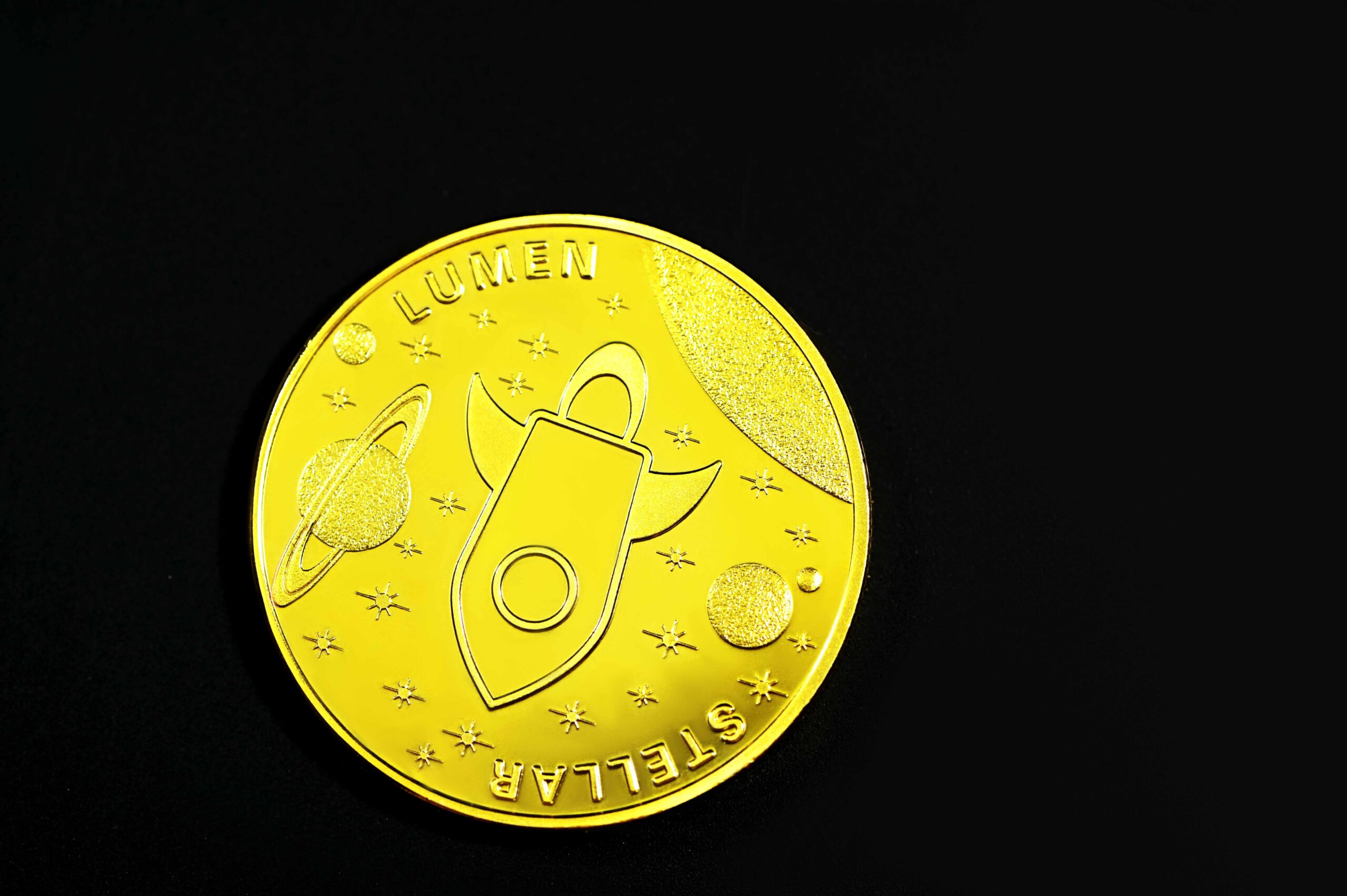The majority of cryptocurrencies, as well as blockchains in general, are referred to as “decentralized payment networks.” New investors may, however, get the notion from this that the anarchic, untraceable dark web economy is supported by bitcoin technology.
The unbanked, those who unintentionally live outside of financial institutions, those whose families rely on remittances provided by a working member in some foreign country, and those who operate in a predominantly cash economy in developing countries were the target demographics for Stellar.
I’ll discuss Stellar’s definition, operation, and performance as an investment vehicle in this essay.
Key takeaways:
- A blockchain network called the Stellar Network, sometimes known as Stellar, makes it easier for people, payment gateways, and banks all around the world to send money.
- The XLM cryptocurrency, also known as Lumens, has a variety of uses, including peer-to-peer payments and use as a means of trade.
- The potential of Stellar to offer a single network where the many financial systems of the globe may collaborate and profit all levels of users, from banks and institutions to people, is what distinguishes it from other platforms.
What is Stellar and Lumens (XLM)?
Stellar is different from a global credit card or banking network since it is a blockchain network, a permissionless decentralized system for peer-to-peer transfer of digital money or assets, that is not under the jurisdiction of a single entity.
A debt ledger is not maintained by a single firm or organization, but rather by a number of volunteer-owned computers collectively referred to as “nodes.”
Anyone can offer to sign up as a node. The Stellar protocol provides incentives for the ledger-keepers to uphold the integrity of the network, therefore technically they are not volunteers.
The programming framework that powers the Stellar protocol and transaction logs is open-source and accessible to everyone for review.
Since the app was created on top of Stellar, users can receive notifications when payments have been confirmed. However, anyone can still access the Stellar transaction ledger to authenticate the legitimacy of a transaction.
The Stellar network’s native cryptocurrency is called Lumen (XLM). The cryptocurrency’s initial name, Lumens, with its own ticker number, was identical to that of its parent network, Stellar. The currency’s plural name is lumens.
Due to the name’s persistence, the majority of exchanges list XLM as “Stellar” or “Stellar Lumens” to avoid misunderstanding. The price of Lumen, which was approximately 27 US cents per XLM as of July 2021, had experienced a sharp increase from November 2020, closely emulating the development of Bitcoin.
What makes Stellar unique?
As a substitute for what the Ripple network aimed to accomplish, Stellar was created. Ripple focused on acquiring businesses (banks) as partners while targeting the already-existing financial services sector. Stellar focuses mainly on utilization from the common public and the developing nations.
The Stellar Foundation for Development
The Stellar Development Foundation was established by the Stellar team in line with its goals. The Stellar Partnership Grant Program, an intriguing project through this Foundation, has been put in place.
What are the main advantages of Stellar Lumens?
On the Stellar network, transactions involving lumens happen very quickly. A transaction typically takes 2 to 5 seconds to complete.
This is made possible by the method used to verify the transaction. Each of the Stellar servers has a copy of the Stellar ledger and is in sync with the others.
Prior to sending lumens to the intended location, these servers work fast to verify and reach consensus (a process known as the Stellar Consensus Protocol).
Stellar has an advantage in speed because it doesn’t require miners like Bitcoin thanks to this technology.
What are some uses for Lumens (XLM)?
A flexible medium of exchange on the Stellar distributed ledger is the cryptocurrency Lumens.
It is possible for users to make and receive payments in Lumens swiftly and regardless of where they are located.
However, by locating the most advantageous foreign exchange rates for all of its users, Lumens play a crucial role in cross-border payment systems.
Developers of apps can build payment apps on top of Stellar that work with different fiat currencies, such as US dollars, Filipino pesos, Chinese yuan, etc. Let’s imagine that VenusX, a global payment system controlled by VenusX, Ltd., exists as a mobile application.
For instance, a person in China could deposit Chinese Yuan into a bank account held by VenusX, Ltd. The VenusX app will issue digital tokens over the Stellar protocol that stand in for the user’s deposited Chinese yuan; let’s call them RMBX.
Additionally, VenusX, Ltd. has partners in the US that are able to create digital tokens denominated in US dollars (let’s call them USDX) and exchange those tokens for real US dollars.
Our fictitious user wants to send money to her family in the United States, so she sends RMBX to their wallet address in the hopes that their USDX balance will rise.
The RMBX is taken by Stellar and transferred through a decentralized exchange in the background. By using Lumens as a middle currency, Stellar may use an algorithm to find the optimum exchange rate between the two fiat currencies.
This implies that before being changed into the US dollar token, the Chinese yuan token may first be turned into other currency tokens (such as fiat or Lumens). The optimum exchange rates are fixed at one point during the procedure.
Takeaways
The team behind Stellar
Because Jed McCaleb, one of the cofounders of Ripple Labs, founded the Stellar network, it has a strong basic foundation in and of itself. If you’ve read about the XRP token’s use cases, you might notice that XLM does what Ripple was designed to achieve.
McCaleb, Joyce Kim, and Prof. David Mazières conceptualized the Stellar Consensus Protocol, which distinguishes Stellar from Ripple and makes it more flexible and decentralized. Keep in mind that Stellar is not a branch of Ripple.
The Stellar Development Foundation, a nonprofit organization that helps maintain Stellar’s software and offers community support to developers, institutions, and companies in its ecosystem, has been working on Stellar since the inception.
corporate assistance
Even though Stellar is a decentralized network, it still depends on banks (referred to as anchors) to carry out transactions between fiat money and tokenized money using the Stellar protocol.
Well-known tech players who support the network go above and beyond to make sure that their payment systems abide by anti-money laundering and anti-terrorism regulations, including following KYC requirements.
Google, FastForward, BlackRock, and Stripe were a few of Stellar’s original backers and contributed money to pay for startup expenses. Additionally, the network received backing from ICICI Bank, IBM, Deloitte, KickEx, and Flutterwave.
It’s also noteworthy that Stellar was the first distributed system to receive certification for adhering to Shariah financial principles.
market assistance
Stellar’s network is utilized by two well-known platforms to deliver a payment settlement layer that is quick, affordable, and simple for users in diverse areas.
Operating throughout Latin America is Settle Network. Using anchors that offer Argentinian peso, Brazilian real, and Mexican peso, the network, which is based in Argentina, facilitates cross-border payments and exchange-related transactions.
Settle Network “bridges the gap between traditional and digital finance” in addition to fiat currencies, providing developing nations with a wealth of opportunities.
In contrast, Tempo, a money transfer company with headquarters in Paris, offers a quicker and more affordable option for making transactions within and outside of the Eurozone.
Users of the platform who send money to countries outside the Eurozone are the platform’s main demographic. Tempo sets the pace for the adoption of the lumens cryptocurrency by offering a way out of the expensive global banking system.









